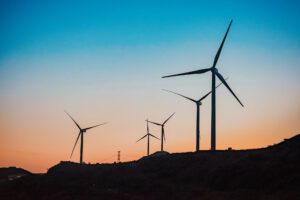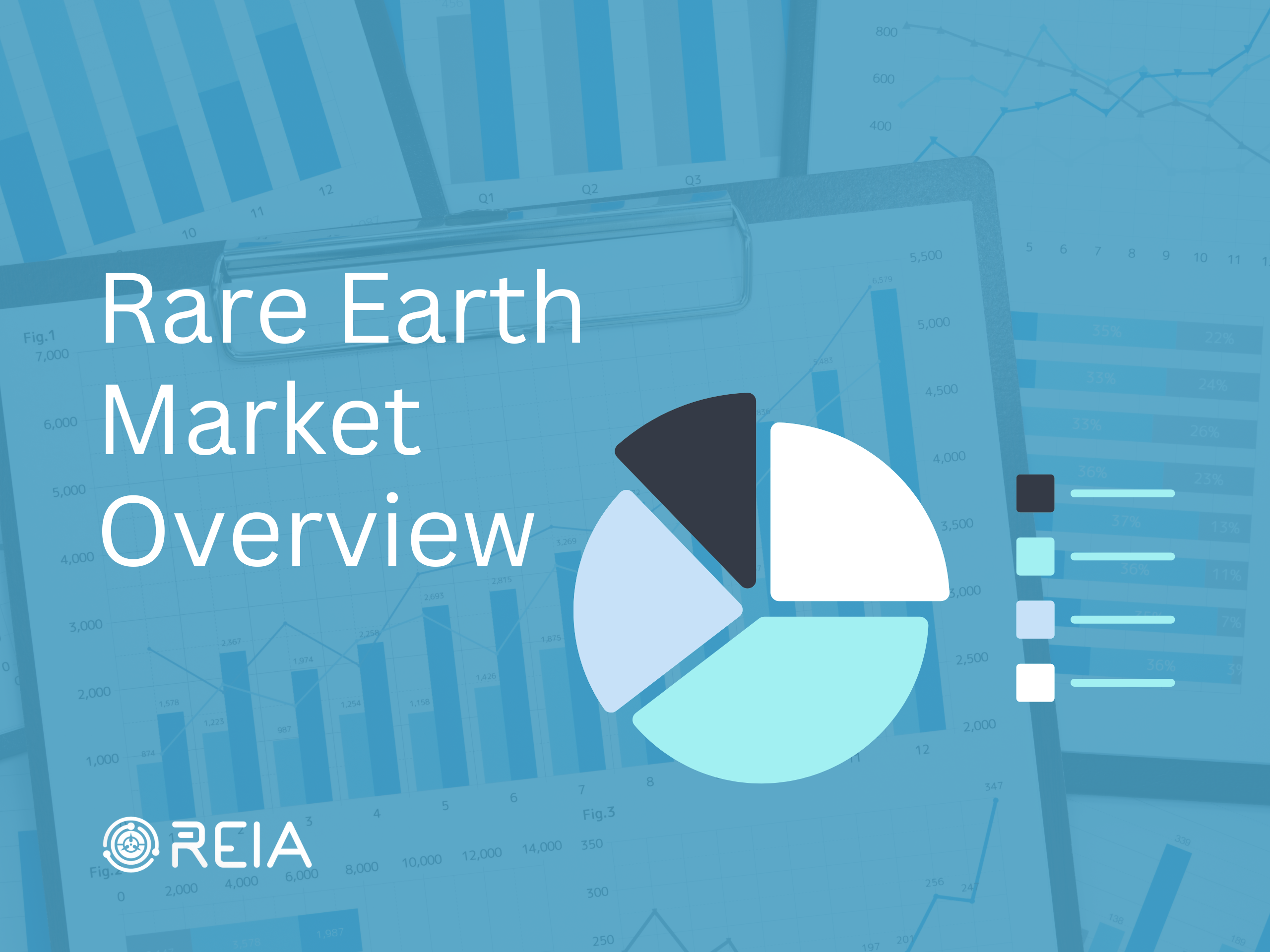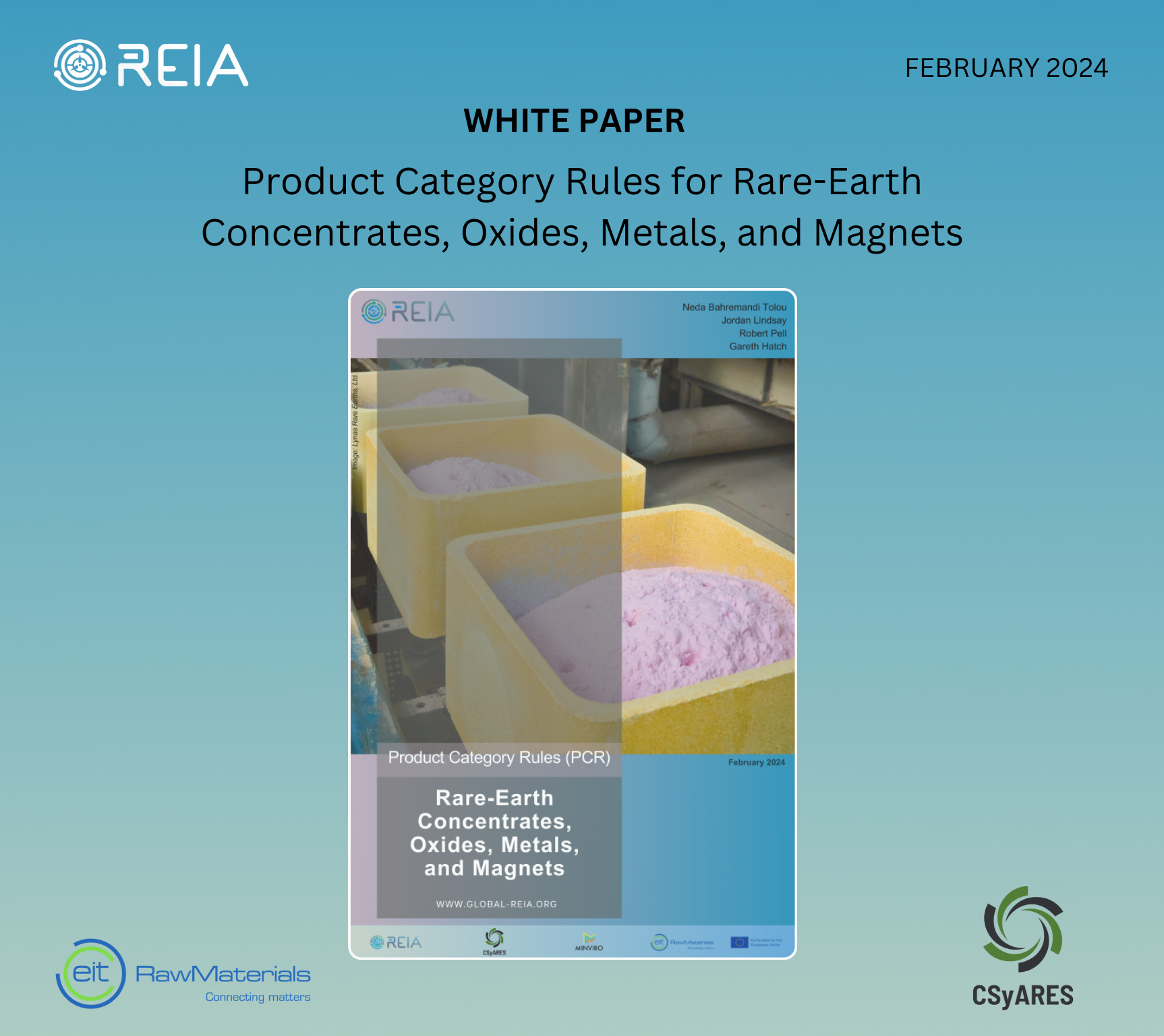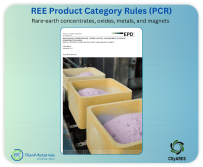August 29, 2020
Rare earths for a sustainable world
Environment, Social and Governance Principles to Drive Economic Growth in a Post Covid Recovery
REIA Policy Brief- 1
Author : Nabeel Mancheri, Secretary General
While there is still a longway to go before the world can begin to move on from Covid, many economists will tell you that the only way we are going to mitigate the imminent down-turn in the world economy is by stimulating industrial activity. Pouring money into established sectors may resuscitate some, but what if you are looking for a sustained period of strong economic growth? By far, the best option is to invest in some emerging industry, which not only creates jobs, but also encourages new consumer demand.
One such emerging industry presents an ideal opportunity. Recent advances in electro-magnetic technology are now driving the biggest transformation in “power utilisation” since the industrial revolution. Until recently, most of the world’s energy needs have been met by thermo-generation (i.e. burning hydrocarbons), which can be summarised in turning water into steam to spin an alternator that produces electricity. However, about fifty years ago people started to question the wisdom of that, when it was recognised that there was an unwanted consequence from converting all that stored chemical energy into electric energy. Carbon dioxide! A rather nasty by-product due to its effects on global warming. Engineers around the world soon started looking for cleaner and less polluting ways to spin the alternator.
Modern wind turbine technology started in California forty years ago, and output rapidly grew from 30kW to 100kW per turbine by 1986. However, development stagnated when the high costs of maintenance associated with the commutatorand gear-boxes became apparent. In around 2015, engineers began to develop designs for direct drive generators by employing ‘high field strength rare earth permanent magnets’. This advance disposed of the need for both the commutator and gearbox, enabling more robust, relatively lighter and far more efficient turbines. Thus, allowing the power output of wind generators to increase substantially. As an example, turbines being installed in the North Sea are now approaching 20 MW per unit.
By taking advantage of ‘permanent magnet’ motors/generators and combining them with the recentadvances in battery technology, we are now not only able to harness a green source of energy, but to also use it in non-polluting modes of transport, which incidentally also employ RE magnets. This “energy revolution” is now growing exponentially.
As stated at the beginning of this article, if governments are looking for a way to stimulate strong economic growth, while pro-actively promoting an environmental and socially sustainable future, they need looking no further than wind turbines and electric vehicles manufacturing, or at its grass roots level, to promote investment in the mining and processing of the rare earths that are essential for the production of ‘high field strength permanent magnets’.

Photo : ZHANG FENGSHENG
But what is Environmental and Social Governance? In short it is an ethical framework placed on everybody involved in the life cycle of an item. It ensures that the manufacturing and use of a product does not create any irreversible environmental harm, from the raw material producers, through the manufacturer, to the end-user and all the way back to the manufacturer through the operator of the recycling plant. It requires a commitment by manufacturers to source their raw materials from mines that can certify their provenance, at production rates that assure manufactures that they can maintain sustainable production, so as to avoid any adverse or disruptive supply shortages. Most importantly it places a commitment on the end user to seek verification that the product they intend topurchase complies with these conditions.
It is too naïve to assume that by replacing oil with renewable energy we will have solved all the problems created by our energy needs. There is no point in feeling good while driving your electric car, unless you can be sure that it was constructed using materials that are ethically sourced and that at the end of its life it is not going to be buried in a landfill. To achieve compliance, the end user needs to be assured that there areno unforeseen consequences before embracing this revolution.
The mining and processing of rare earths in China were found to be causing social and environmental problems, especially the extraction of relatively low grade ‘ionic clays’ by illegal miners, leaving highly polluted / disrupted environments in their wake. These operations were economically marginal at best and certainly could not cover the cost of rehabilitation.
China, the biggest producer of rare earth magnets in the world, has recognised the environmental problems and is taking steps to shut down those illegal clay mining operations. So as notto disrupt production at processing plants and maintain its upstream magnet production, the country has started to import RE concentrates from other countries.

Photo : Vlad Chețan
Meanwhile, a number of international mining companies have begun developing the much cleaner and far higher grade ‘Primary’ style deposits around the world. While being slightly more expensive to extract, these primary deposits have a much higher return for a given area, therefore they can afford to be managed in such a way as to minimise any longer-term impacts on the environment. Responsible mining is not that hard to achieve, it does however require a commitment by the Directors and management of the Company.
Mining companies that are serious about being environmentally responsible and who are committed to operating with minimal impact, are now signing up to the recently promoted three tier ESG Standard, thereby providing the end user with an assurance that the magnets found in their EV’s and turbines meet their ethical expectations.
So what are these environment, social and governance standards?
For Environmental compliance.It is no longer enough to just hide your mine from view, by planting trees along the boundaries. The potential for longer term impacts of the operation now need to be identified, evaluated and mitigation strategies put in place before operations commence. If the land is arable, how can it be returned to that state once the RE’s have been extracted? Are there adjoining environments that might be affected by seepage, run-off or heaven forbid the possibility that a tailings dam might collapse at some time in the future! Where do we get the power to run the processing plant from? There is little to no gain if we have to burn thousands of litres of fuel oil or coal to produce each electric motor!
Social compliance means ensuring that no stakeholder, including traditional landowners, is unduly disadvantaged and preferably that the operation will actually enhance the current landowners’ lifestyle. Many of the rare earth deposits currently being developed are in socio-economicpoor and undeveloped areas. Much can and should be done by a mining company to advance the living conditions of the host populace. Further, it is no longer acceptable for a company to move in and displace the local population without their consent or by failing to fullycompensate them for any disruption of their traditional lifestyles. The argument that a mine will create jobs, does nothing to compensate an elderly subsistence farmer and their family, who risk not only losing their homes, but also their only income stream and traditional lifestyle.
To ensure social acceptability, the host government needs to be engaged, not just as regulators and tax collectors but preferably as full partners. Governments are answerable to the people, so encouraging them to have a direct interest in a project not only helps distribute the benefits across the whole population but also promotes accountability. It is only by constructing a win-win outcome for all, that social accountability can be achieved.
Lastly, governance. How many investment funds / shareholders can honestly say that they know how and where their money is being used? Most do not have a clue beyond thename, as to how a company makes its living. Why? because most companies knowing that shareholders are averse to risk, prefer to keep the details of their operations out of the public eye, which is not surprising given the potential costs of an environmental disaster! So, the third tier of the ESG framework is addressed by transparency. To be fully ESG compliant a company must commit to keeping its shareholders and stakeholders fully informed as to their operations, what risks are anticipated and what steps they are taking to mitigate them.

Photo : Kelly Sikkema
Obviously, a commitment to comply with ESG standards comes at a price. Many of the low-grade / smaller mines and deposits which are in inherently fragile environments will find hard to achieve compliance. There will be a shakeout similar to when QA/QC certification was introduced, but after the dust has settled it is the end-user who benefits by being assured that their purchase is not harming anybody.
Hence before you buy your next electric vehicle or smart phone, you may want to check the provenance of its components and ask the salesperson to confirm that the materials used in its construction were sourced from an ethical supplier. They probably won’t know, but it may get them thinking!
As part of our mission for developing a sustainable and transparent REE supply chain, REIA is working with its partners and developing a number of tools such as an LCA framework for REE supply chain and a blockchain based platform to assess ESG compliance, ensure traceability of the products and proper labelling, so as to be able to provide a ESG certification for REE products.
We welcome your active participation in these initiatives irrespective of where you fit in the rare earth supply chain and we help you to connect with other industry partners.


 Subscribe
Subscribe
 Members
Members



